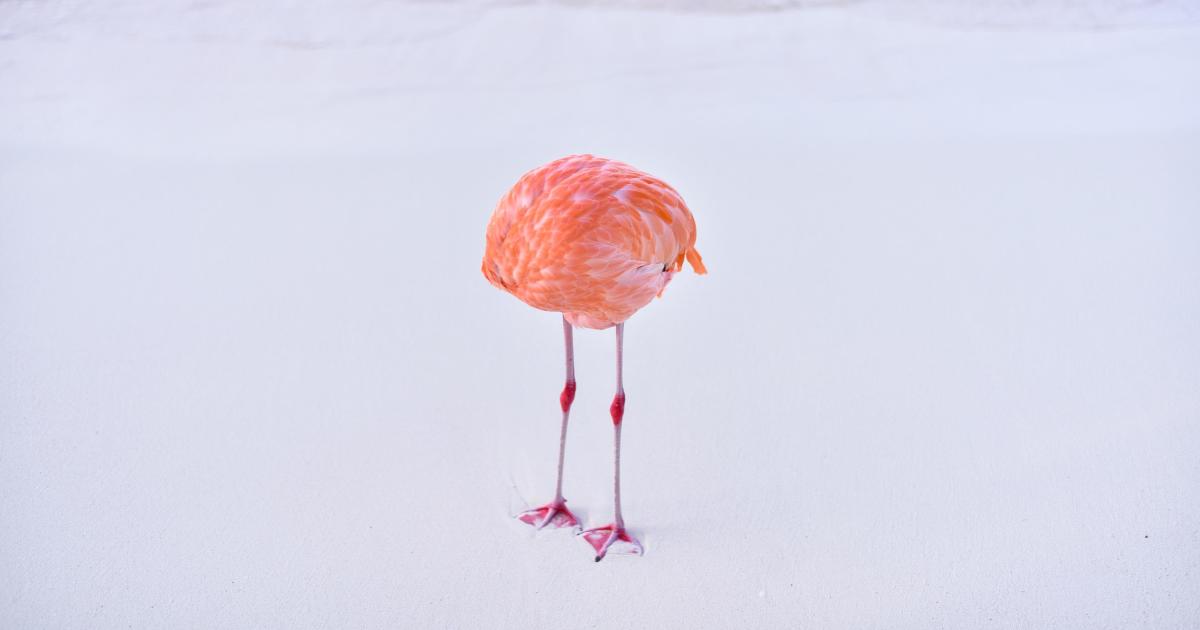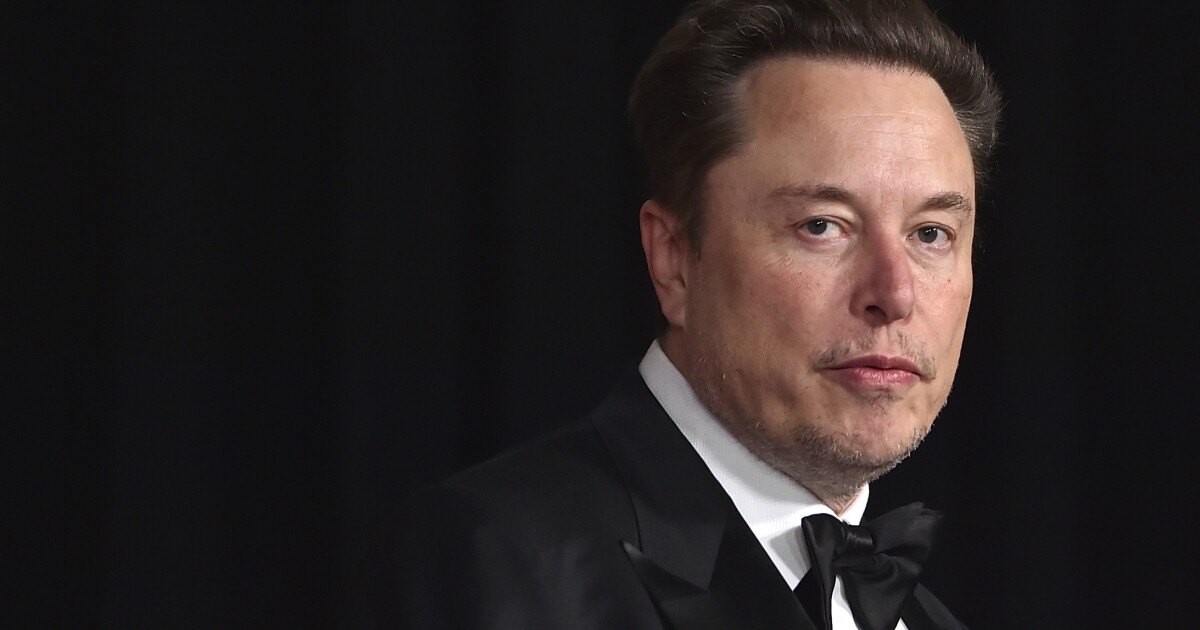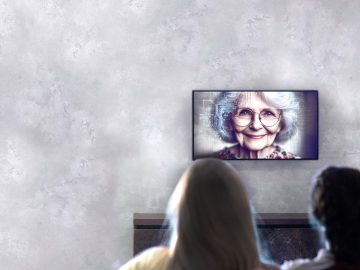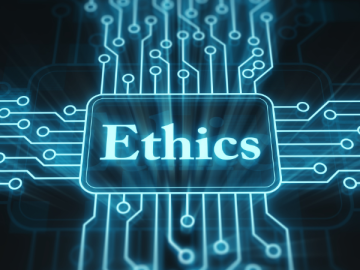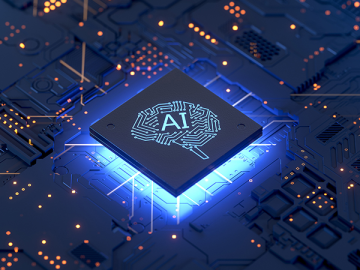Miles Astray is a multidisciplinary artist who writes about and photographs the world as he travels. When invited to submit a piece in the artificial intelligence category of the 1839 Awards photography competition, he decided to make a statement.
“I had seen a few examples over the last couple of years where people had entered AI art into real photography competitions, most notably last year at The Sony World Photo Awards, an AI photo won the creative category there. I thought, why not turn this story around and enter a real photo into an AI competition?” Astray told CBS News.
This is Astray’s (very real) photo:
Miles Astray
Titled “F L A M I N G O N E,” the photograph was taken on a trip to Aruba in 2022. It depicts a flamingo scratching its belly in a way that makes the large bird appear almost headless. The image was so striking that it won both third place and the People’s Vote Award in the AI category, beating out actual AI creations.
“Miles’ image was just surreal enough to feel like it was created by AI, which gives you an idea of what AI is doing and what kind of imagery we expect,” Lily Fierman, director and co-founder of Creative Resource Collective, which runs the 1839 Awards, told CBS News.
AI art is typically created by software that interprets a user-given text description, or prompt. The software draws from thousands to millions of reference images to generate digital images, pixel by pixel. While increasingly realistic, many AI-generated images still possess a subtle “uncanny valley” quality, appearing not quite right to the human eye.
“I wanted to show that there is a human and emotional quality here that AI cannot generate,” said Astray. “The fact that this picture in the end was chosen not only by the jury, but also by public vote, proved that point and I’m very happy about that.”
After hearing of his win on June 11, Astray notified the contest organizers that his submission was a real photograph. By the next day, he was disqualified from the competition. But the judges and contest organizers expressed appreciation for Astray’s message.
“We never expected somebody to try to enter a non-AI image into AI I think the assumption is it’s always the other way around,” said Fierman. “Anyone can be fooled by this kind of stuff, let’s be real. But also most importantly, at the end of the day, we agree with Miles’ statement. In him winning and this happening kind of organically, it gives a message of hope to everyone that nature and the photographer have key places in our world and that just isn’t something that computers or AI can replicate.”
In response to the photographic win, the photo contest added a note that “only images created by AI may be submitted to the AI category.”
Astray, unfazed by his disqualification, acknowledges that a time may soon come when AI-generated art becomes virtually identical to real photographs: “It has gotten to the point where there are some pictures that are just like, indistinguishable from a real photograph. So that technology is there, and that’s not going to go away.”
But there’s still hope, he said, for the future of artists in the age of AI: “Real photographers and other content creators will always have a place.”
AI: Artificial Intelligence
More
More

